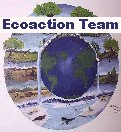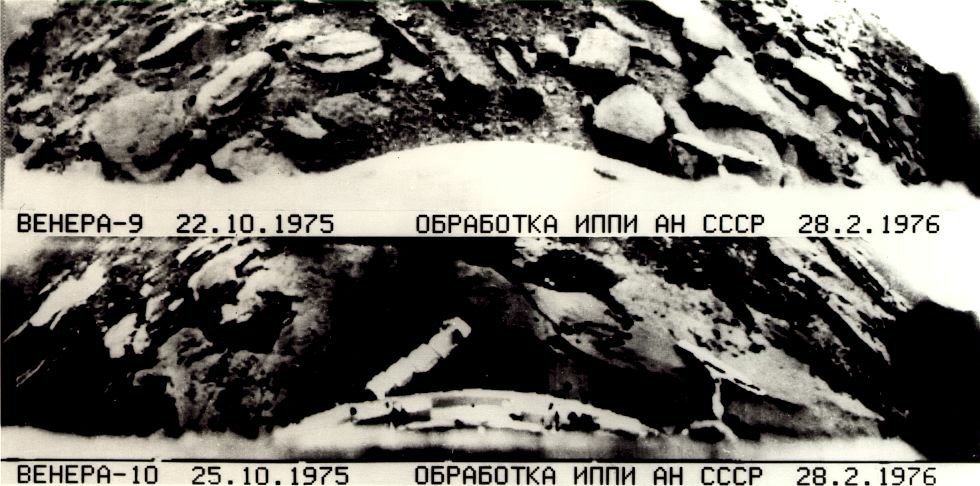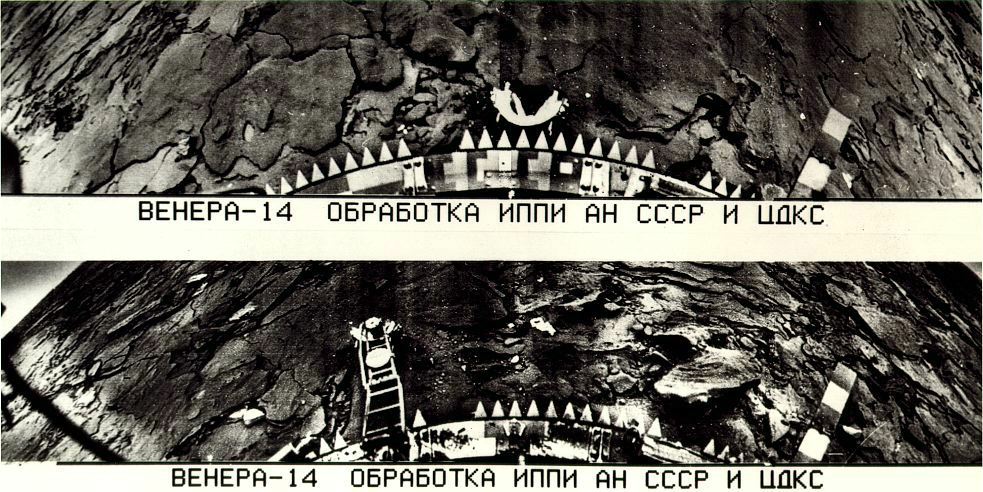Announcements and News:
Site Navigation:






Page address:
File created:
Oct 15, 2003
Last modified:
Oct 17, 2003
Definitions:
Double-click on any word
Announcements and News: |
ENVIRONMENTAL EARTH SCIENCE
Venus Exploration
Name: ______________________________ Per: ___ Date: _______________
INTRO: In the NOVA "Venus Unveiled" video on the exploration of Venus (the theme music is "Venus in Blue Jeans" an old fifties song) the first part of video that we will not see is on the historical exploration of Venus. Venus has always fascinated people because it the closest planet to us, it is similar in size and mass, and so should be made of the same materials. Venus is often referred to as a twin planet to ours. The video described the difficulties in getting information about the cloud covered surface of Venus from telescopes, then about the USSR lander missions. The old Soviet Union sent several landers to the surface before one finally succeeded in getting one photo and some measurements from the surface. That lander lasted all of 65 minutes before the intense heat, crushing pressure and sulfuric acid atmosphere destroyed it. An early American orbiter was able to get crude radar images that showed some craters and mountains.
Read the following questions before the video, then answer during the video and by sharing information with other people after the video ends. Some of the answers require math. Take note of the appropriate numbers during the video, do the math afterward.
1. How was the Magellan spacecraft built for less money than originally planned?
2. How much did the Magellan mission cost each American (cost/population)?
3. When and how did it reach Venus? How old were you then?
4. How did the scientific community create a competition of this exploration?
5. How did Magellan explore Venus?
6. What did Magellan find?
7. Why were the scientists looking for heat loss evidence?
8. How does cratering tell the age of a planet's surface?
9. What was so weird about the spread of impact craters on the surface of Venus?
10. Was is the "catastrophic" explanation for the distribution of craters and the lack of young volcanos on the surface of Venus?
11. Why doesn't every scientist accept the catastrophic explanation, preferring a uniformitarianism explanation instead?
12. Why is determining the thickness of the Venus lithosphere (crust) through gravity measurements so important?
13. Why did they have to change Magellan's orbit? What was the danger?
14. What did the gravity measurements show?
15. Why do the mountains on Venus stay so steep?
16. After the video, write your own conclusion about what is happening on Venus, referring to evidence from the video:
17. What happened to Magellan? How old were you?
18. What is needed to resolve the questions about Venus?

 (Return to top of page)
(Return to top of page)




Page address: